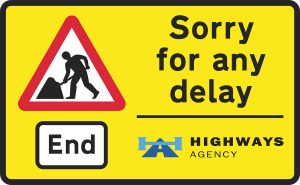August is dedicated to children’s vison problem prevention, eye safety and health. One of twenty children ages 3 to 5 has a vision problem that could result in permanent vision if left untreated. Despite this, 80 percent of preschoolers do not receive an eye screening. As a child grows, an untreated eye condition becomes more difficult to correct. These can worsen and lead to other serious problems as well as affect reading ability, focus, behavior, personality, and social adjustments. Children’s Eye Health and Safety Awareness Month encourages parents to learn how to protect their child’s eyesight and save their child’s eyesight from vision threatening conditions through regular eye exams.
To help parents keep their children’s eyes healthy and prevent a serious vision problem, The American Optometric Association (AOA) has established several helpful guidelines and signs to look for to determine vision problems:
- An infant’s first comprehensive eye exam should be when they are about 6 months old.
- The second exam should be at age 3.
- The next eye exam should be at age 5 or 6, before the child enters either kindergarten or first grade.
- Eye exams should then take place every two years after the pre-kindergarten/first grade exam.
In between these scheduled eye exams, parents should monitor children for potential vision problems, including:
- Frequently rubbing eyes
- Squinting to focus on objects
- Holding reading materials close to the face
- Frequent blinking
- Tilting or turning their head to look at objects
- Wandering eyes, especially when talking directly to someone else
- Covering one eye
- Disinterest in reading or even looking at objects from a distance
If you notice one or more of these signs, schedule an appointment with an ophthalmologist or optometrist soon.











